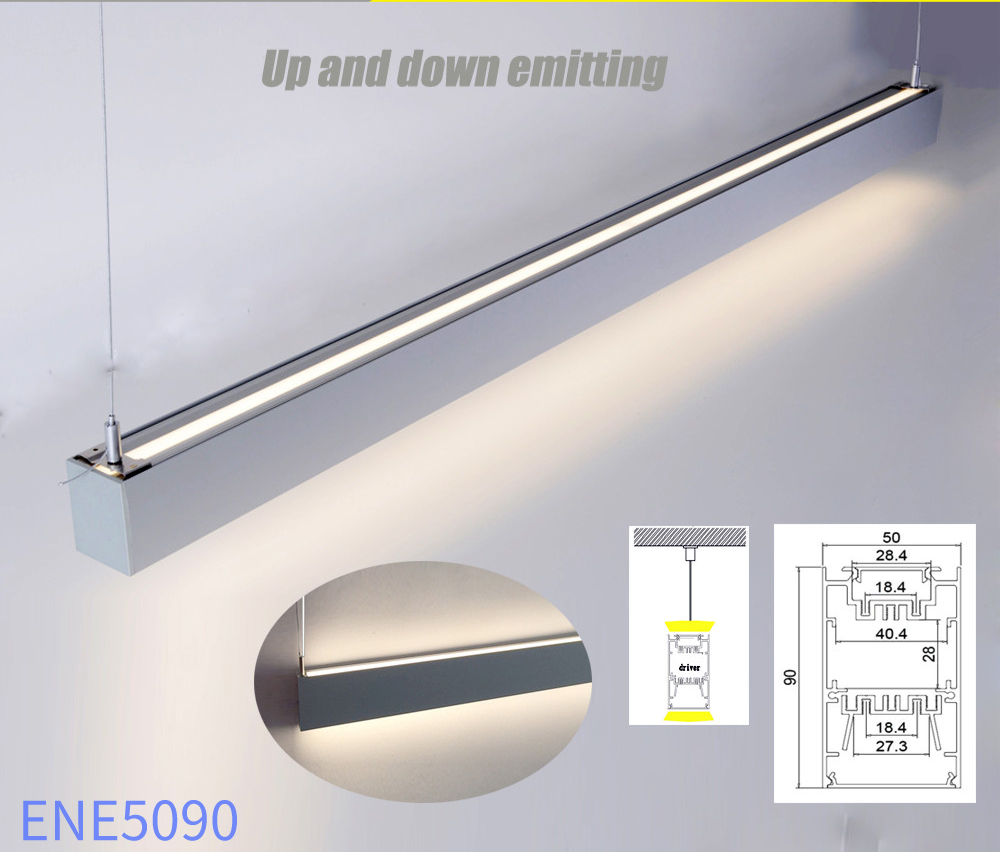Long ago, “wattage” was used to determine the brightness of a light bulb. The higher the wattage, the brighter the lamp. I used to think so, but since entering the LED lighting industry, I have known this is wrong, I think this is the most common mistake. There’s a lot of science behind this, so let’s talk about why the higher the wattage, the brighter the lamp?
In the age of the incandescent lamp
Back in the days of the incandescent light bulb, there was nothing wrong with that. Usually when you choose a light bulb is always habitually concerned about the wattage, that the higher the wattage, the brighter the light. The age of the incandescent light bulb can be judged in this way.
With the prevalence of CFLs and LED lights, this has been slowly reduced. But people will still know very little about the light, and use the inherent thinking to judge the brightness of the light, that is, only the wattage to judge whether the light is on or off, because they do not understand the light industry, so the problem of not consuming electricity, we only know what we feel or what we know, said the electrician.
But one thing’s for sure, the bigger the wattage, the more power it consumes. There is no doubt about that.
In recent years, the U. S. Federal Trade Commission has proposed that all light bulbs be packaged with the unit of brightness at the top. It also means that in the future wattage will no longer be the standard by which light bulbs are measured.
So since the wattage used to judge the brightness can not meet the demand, then what should be used to judge it? Science is based on lumens.

What is a lumen?
Lumens in simple terms, lumens (symbol: LM) are the SI-derived unit of light flux, used to indicate the amount of visible light emitted by a light source per unit of time.
The brightness of a candle at a distance of one meter (1 meter = 1 meter). An ordinary 40-watt incandescent bulb has a luminous efficiency of about 10 lumens per watt, so it emits 400 lumens. A 40-watt incandescent lamp has a luminous flux of 340 lumens at 220 volts. Luminous flux is the ability to describe the intensity of the visual response produced by the light source radiation per unit of time. Its unit is lumen, also called brightness.
Luminous flux reflects the human eye has a different sensitivity to different wavelengths of light, the greater the luminous flux, the brighter the lamp.
But sometimes even if we choose energy-saving lamps, it is not necessarily both bright and energy-saving. We need to pay attention to its luminous efficiency, the same wattage of different brands of light bulbs, luminous efficiency, and brightness is very different.

What is luminous efficiency?
Luminous efficiency is the luminous flux, in LM/w, produced by a light source for every 1W of electricity consumed. The higher the luminous efficiency, which means the same brightness, the need for less wattage, consumption of less electricity, and more energy-saving.
The same wattage, the same brightness, which brands of light bulbs are more efficient?
The wattage of a lamp determines its power consumption. Now let’s talk about whether 100W incandescent lamps and 100W led lamps consume the same amount of electricity?
They’re all 100W, so they all consume the same amount of electricity, and the most direct representation of 100W is your meter. A 100W incandescent lamp and a 100W LED consume the same amount of power in pure terms, but there is a difference.
Wattage is an indicator of power consumption, and LEDs, which we call light-emitting diodes, work in a different way to make them more efficient and use more electricity, so the same effect can be achieved with less wattage.
The two types of light bulbs work differently, incandescent light is a source of heat radiation, and the energy conversion efficiency is very low, only 2% ~ 4% of the electrical energy to the eyes can be converted to feel the light. But the incandescent lamp is still widely used because of its advantages of good color rendering, continuous spectrum, and convenient use.
LED light-emitting diode, a solid semiconductor device that converts electrical energy into visible light, can convert electricity directly into light. The heart of an LED is a semiconductor chip with one end attached to a bracket, one end connected to a negative electrode, and the other end connected to a positive electrode of the power supply, making the chip epoxy.
LED bulbs are by far the most energy-efficient light bulbs available, and there is now a so-called wheat spike bulb, which is a true energy-efficient light bulb. Look at the shape of the wick, which is a combination of light-emitting transistors welded to the motherboard. This one’s called an LED bulb. It has no heat and no strobe to show that the power consumption is very low and the service life is long.
That is to say, if you need an incandescent bulb for the same brightness as a 100W bulb, you only need to buy 50W CFLs to meet your needs. Just pay the 50-watt electric bill and enjoy the same brightness. We are looking for more and more brightness today. We want to make the night even brighter than the day.
LED light is also called a cold light source, its conversion rate is very high, the conversion rate is as high as 70-80%, and the incandescent lamp conversion rate is 10-15%, that is to say, a 20-to 30-watt LED can produce light a 100-watt incandescent.
So people use LED lamps, to achieve the same effect incandescent lamps, only need 1/4 wattage enough, that is to save electricity, commonly known as energy saving.
At the heart of the LED is the light-emitting diode, a solid-state semiconductor device that converts electrical energy directly into visible light.
Different from other lamps and lanterns, the white LED lamps used for lighting are the new products of the 21st century. Compared with fluorescent lamps, white LED lamps have more obvious advantages such as energy-saving, long life, environmental protection, anti-vibration, stable light emission, etc…

How to convert the wattage of energy-saving lamps, LED lights, and incandescent lamps
(1) 1W LED lamp is equivalent to a 5W incandescent lamp, which is similar to an energy-saving lamp.
(2) 1W LED lamp is equivalent to 3W CFL (energy-saving lamp) equivalent to 15W incandescent lamp, 3W LED is equivalent to 8W CFL (energy-saving lamp) equivalent to 25W incandescent lamp, and so on for other wattages.
(3) LED conversion efficiency per W = 70-80LM For example: 8W LED fluorescent lamp = about 560-600LM;
(4) General fluorescent lamps per W=30-40LM For example: 20W fluorescent lamps=20*30=600LM, 8W LED lamps are equivalent to 20W ordinary fluorescent lamps.
All in all, for the same brightness, an incandescent uses about seven times as much power as an LED, which means that a low-power LED can be as bright as a high-power incandescent.
So the LED is more energy-efficient. At the same brightness, the lowest wattage is LED, followed by CFLs, and finally incandescent. Although the cost of LED is relatively high, its long life, and energy-saving environmental protection, are more widely used.
Finally, does this knowledge help you? If it‘s helpful for you or you want to know more about LED lights, please feel free to leave us a message in the discussion area or contact us in the following ways. Best wishes to you!
Website: www. enetcl.com
Foxmail: sales1@enetcl.com




